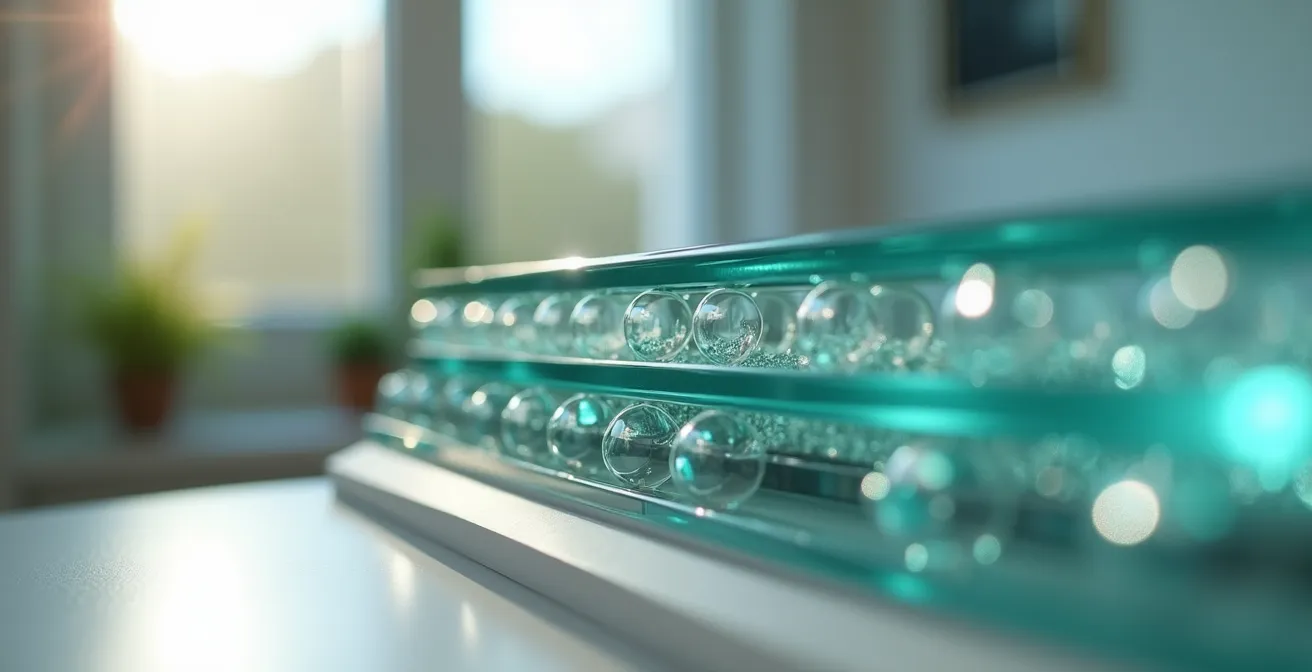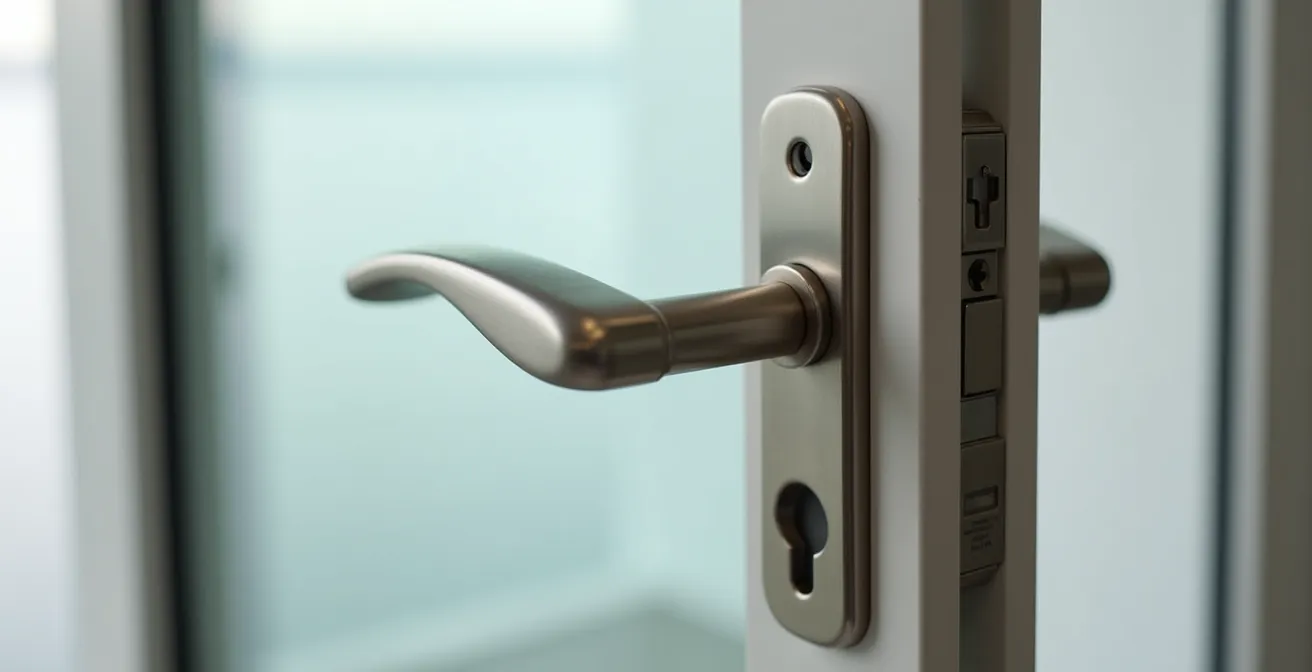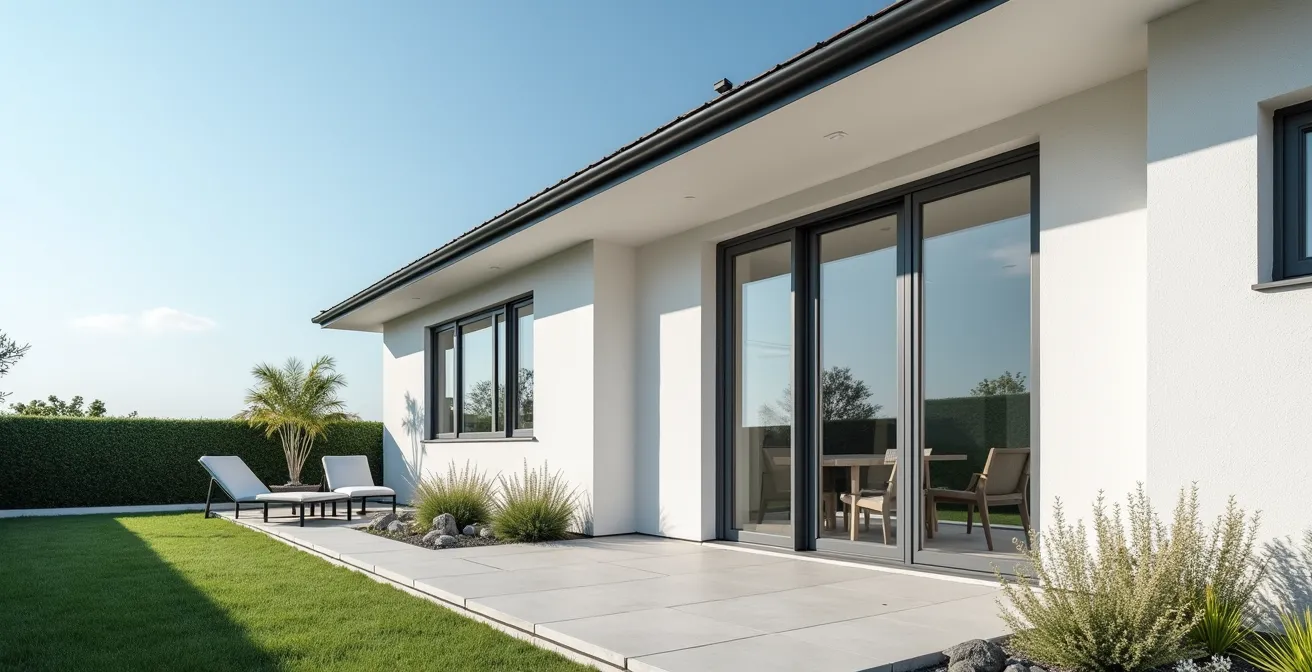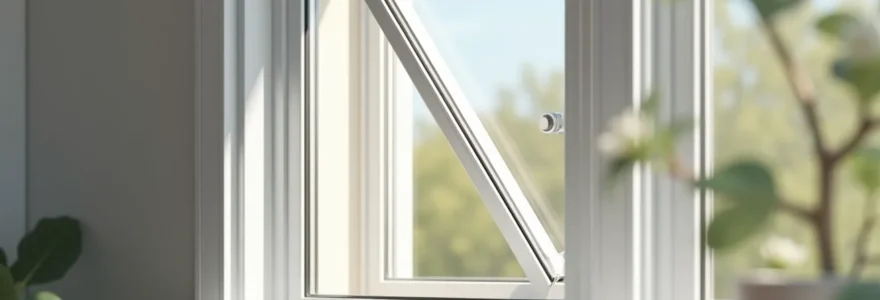When considering window replacements or specifying for a new build, the conversation often centers on basic metrics like energy ratings and frame materials. However, this overlooks the fundamental engineering philosophy that separates standard windows from their high-performance counterparts. European tilt and turn windows, in particular, represent more than just an alternative; they are an integrated system designed to fundamentally enhance a home’s environment, security, and daily functionality.
This approach moves beyond simple aesthetics to deliver tangible improvements in comfort and peace of mind. By focusing on superior mechanics, airtight seals, and versatile operation, these windows address challenges that many homeowners simply learn to live with, from drafts and outside noise to security concerns. Considering the high-performance solutions from Raven Windows reveals how advanced engineering translates directly into a better living experience, making them a cornerstone of modern, efficient home design.
The European Window Advantage: A Snapshot
- Dual-Functionality: A single handle allows the window to swing inward like a door or tilt at the top for secure, draft-free ventilation.
- Superior Security: Multi-point locking mechanisms are a standard feature, securing the sash to the frame at several points for enhanced resistance.
- Unmatched Airtightness: Advanced compression seals and robust frame design virtually eliminate air and water infiltration, boosting energy efficiency.
- Enhanced Comfort: The combination of triple-pane glazing and airtight seals provides exceptional thermal and acoustic insulation for a quieter, more stable indoor climate.
Beyond the Ordinary: European Tilt & Turn vs. Other High-Performance Window Contenders
The distinction of European tilt and turn windows lies not in a single feature but in the holistic integration of its components. Unlike conventional casement, double-hung, or slider windows where features like multi-point locks or triple glazing are often optional and costly upgrades, they are foundational to the European design. This results in a product that performs at a higher baseline, particularly concerning airtightness and operational security.
This comparative table highlights the key differences in standard specifications between typical European models and their North American counterparts. It clarifies how features that are considered premium add-ons in one market are integral to the design philosophy of the other.
| Feature | European Tilt & Turn | Casement & Other Windows |
|---|---|---|
| Operation | Inward tilt and turn with one handle | Outward casement, double-hung, sliders |
| Glazing | Triple-pane standard with argon/krypton fill | Double-pane standard; triple optional |
| Locking | Multi-point locking standard | Single-point locks; multi-point optional upgrade |
| Sealing | Continuous compression seals, high airtightness | Good (casement), moderate (sliders/double-hung) |
| Cleaning | Easy from inside for upper floors | Mixed access requirements |
| Security | Strong multi-point locks, laminated glass option | Standard locks; upgrade needed for similar security |
The performance metrics reflect these structural differences. For instance, in Canada, the ENERGY STAR Most Efficient rating requires ER ≥ 40 or U-factor ≤ 1.05 W/m²·K, a benchmark that high-quality European windows are engineered to meet or exceed as a standard. As noted by project manager Tony Wong, true window performance is a sum of its parts, where quality hardware, high-performance glazing, and meticulous sealing work in concert. This synergy is what sets the category apart.
To make an informed decision, it’s crucial to look beyond the showroom sticker and assess the underlying engineering. The following checklist can help you compare products on a more technical level.
Steps to Compare Window Performance
- Check the window’s Energy Rating (ER) and U-factor on labels.
- Look for multi-point locking hardware for security.
- Assess glazing type: triple-pane is preferred for efficiency.
- Verify proper sealing and installation methods.
Decoding European Window Excellence: Standards, Materials, and Climate Resilience
The superior performance of European windows is rooted in a culture of stringent manufacturing standards and advanced material science. These products are not just built differently; they are certified differently. Regulations and markings provide a transparent measure of quality that goes beyond typical domestic requirements, ensuring resilience against diverse and demanding climate conditions.
The CE mark indicates that a product complies with European safety, health, and environmental regulations through rigorous initial type testing and factory production controls.
– European Standards Institute, Optiwin.net
This commitment to quality is evident in the thermal performance. Thanks to advanced designs, window U-values can reach as low as 0.8 W/m²K with triple glazing and warm-edge spacers, creating a formidable thermal barrier. The choice of frame material further enhances these properties, allowing for customization based on climate, budget, and aesthetic goals. It is by going deeper into understanding high-performance window options that homeowners can truly appreciate these nuances.
What is a U-value?
The U-value (or U-factor) measures the rate of heat transfer through a window. A lower U-value indicates better insulation and greater energy efficiency, which is a standard feature of high-performance European designs.
The internal construction of the glazing and frame is where this engineering truly shines. Triple-pane glass, separated by inert gas fills and warm-edge spacers, minimizes thermal bridging and dramatically reduces energy loss, while also providing superior sound insulation.

This macro view reveals the sophisticated layering that defines a high-performance window. Each material, from the uPVC frame to the non-conductive spacers and multiple glass panes, plays a critical role in creating a stable and efficient barrier against the elements.
Key Material Considerations for European Windows
- uPVC provides durability, low maintenance, and affordable pricing.
- Wood offers classic aesthetics but requires regular upkeep.
- Aluminum lends strength and a sleek look but less insulation.
- Choose triple glazing with argon gas for enhanced thermal and acoustic performance.
The Engineering of Comfort and Security: How Tilt & Turn Redefines Home Environment
Beyond energy metrics, the true value of tilt and turn windows is realized in daily life. Their design directly translates into a more secure, quiet, and comfortable living space. The multi-point locking system, a standard feature, is a significant upgrade over the single-latch mechanisms found on many conventional windows, providing enhanced security and peace of mind.
Multi-point locking systems secure doors and windows at multiple points, significantly improving resistance to forced entry compared to single-point locks.
– Oakview Windows and Doors, Oakviewwindowsanddoors.co.uk
This robust hardware is not just for security; it’s integral to the window’s performance. By pulling the sash tightly and evenly against the frame’s compression seals, the multi-point lock ensures a completely airtight closure. This synergy between the locking mechanism and the seals is responsible for the up to 50% reduction in heat loss compared to traditional windows.

The single, elegant handle controls this entire system, making sophisticated technology feel intuitive. This close-up shows the robust engineering of the hardware, which provides both security and the effortless transition between the tilt, turn, and locked positions.
The “tilt” function is another revolutionary aspect, offering a practical solution for passive ventilation. It allows fresh air to circulate from the top of the window while preventing drafts, protecting from rain, and maintaining security. This feature is invaluable for improving indoor air quality without compromising comfort or safety.
Benefits of Micro-Ventilation in Tilt & Turn Windows
- Maintain indoor air quality and reduce humidity without full window opening.
- Secure airflow during light rain or nighttime ventilation.
- Prevent drafts while allowing fresh air circulation.
- Enhance energy efficiency by minimizing heat loss.
Key Takeaways
- European tilt and turn windows integrate security, efficiency, and functionality as standard, not as optional upgrades.
- The multi-point locking system and compression seals work together to provide superior airtightness and security.
- Triple glazing is a common standard, offering exceptional thermal insulation and acoustic dampening for enhanced comfort.
- The dual-action tilt and turn mechanism provides both easy cleaning and secure, draft-free ventilation options.
Integrating European Aesthetics: Design Versatility and Property Value Enhancement
While engineered for performance, European tilt and turn windows also offer remarkable design flexibility. Gone are the days of bulky frames; modern designs feature slim profiles and a wide range of finishes that can complement architectural styles from ultra-contemporary to traditional. This adaptability allows them to enhance a property’s curb appeal without compromising on technical superiority.
Case Study: Impact of European Tilt and Turn Windows on Property Value
A review of home renovation projects revealed that the installation of European tilt and turn windows showed a potential property value increase, with some homeowners seeing up to 70% recoup of replacement costs during resale, attributed to enhanced curb appeal, energy efficiency, and modern design.
This return on investment is driven by both tangible energy savings and the perceived value of premium, durable components. As one sales manager noted, these windows significantly improve curb appeal and buyer interest, which contributes directly to higher resale values. For those undertaking a full renovation, it’s helpful to Discover the main steps of restoration to see where window upgrades fit into the larger project.

As seen in this modern home, the clean lines and large glass surfaces offered by European windows create a seamless connection between the interior and exterior. The ability to customize frame colors and finishes ensures a perfect match with the building’s overall design palette.
Selecting the right aesthetic details is key to achieving this harmonious integration. Hardware, frame profiles, and colors should be chosen to complement the home’s existing architectural language.
Design Tips for Selecting European Tilt & Turn Window Finishes
- Choose hardware finishes that complement your home’s style (brushed nickel, matte black, chrome).
- Select frame profiles from slim modern to classic wood-clad options.
- Use neutral or custom RAL color finishes to integrate with exterior architectural elements.
- Consider textured or veneered surfaces that mimic natural wood or stone.
Frequently Asked Questions about European Windows
Are tilt and turn windows difficult to operate?
No, they are highly intuitive. A single handle controls all functions: a 90-degree turn opens the window inward for cleaning, while a 180-degree turn tilts it from the top for ventilation. The operation is smooth and requires minimal effort.
Are European windows only suitable for modern homes?
Not at all. While they are popular in contemporary architecture for their clean lines, European windows are available in a wide variety of materials, including wood and aluminum-clad wood, with numerous color and hardware options to complement traditional and transitional home styles.
Is triple glazing always necessary?
While triple glazing is a standard feature in most high-performance European windows for maximizing thermal and acoustic insulation, the absolute necessity can depend on your specific climate zone and goals. However, it is the benchmark for achieving top-tier energy efficiency.
What is the main advantage of an inward-opening window?
The primary advantage of the inward-swing (turn) function is the ease and safety of cleaning, especially for windows on upper floors. It allows you to clean both sides of the glass from inside your home, eliminating the need for ladders or external access.
